READY TO GET STARTED?
REQUEST A FREE ESTIMATE
Fill out the form below or call (888) 466-7849 for a free, no-obligation estimate.
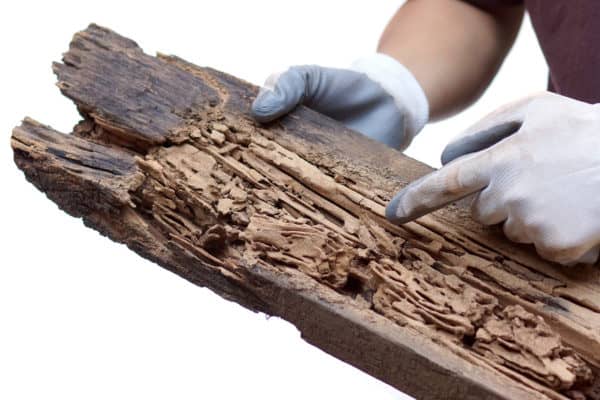
Termites cause billions of dollars in damage each year. There are two main types of termites: drywood termites and subterranean termites. Drywood termites are found in warm, southern climates. They establish their colonies deep within the wood that they eat. As they consume wood, they create mazes of tunnels and chambers within the walls and foundation of your home. Subterranean termites are found throughout the continental United States. These termites build their colonies underground and emerge in search of food. They can enter your home through cracked or unsealed foundations.
Because termites eat wood from the inside out, termite damage often goes undetected for long periods of time. Often in fact, by the time signs of termites appear, colonies are well established and significant damage has already been done. Because of this, it is recommended that you get a termite inspection at least once per year or any time you find signs of termite activity. The average termite inspection cost is usually free (if no termite report is required, as in the case of a real estate transaction), or can be anywhere from $45 to over $100 depending on the size of your home and the exterminating company hired. A licensed termite inspector will perform a visible inspection on the readily accessible areas of your home looking for evidence of termites. The inspection should include a visual inspection of the entire interior of the home (including crawlspace and basement) and the exterior of the property. If evidence of termites are found, a termite exterminator will be required to provide appropriate termite control options and treatment.
Spotting signs of termites is a good indicator that a well established colony is nearby. But what are these signs? What should you look for? Here are 6 common signs of termites:
If you suspect you have a termite problem or if you spot signs of a termite infestation, contact a professional termite control company who can provide you with a thorough termite inspection and a comprehensive termite protection and treatment plan.
Summer Wildlife Removal: Common Home Invaders
What Are These Little Black Ants?
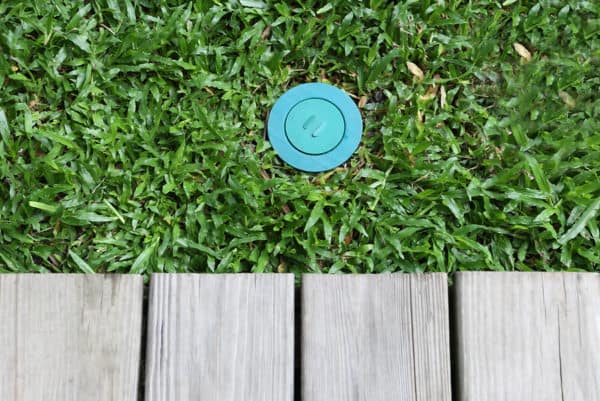
Termites can be a homeowner’s worst nightmare. Termites do their damage from the inside out and they often aren’t detected until after significant destruction has already been done. The signs of termites are often difficult to find until colonies are well established. In fact, termites cause an estimated $5 billion in damages each year in the United States. Yet many people still question if termite protection is worth the cost.
Structural damage caused by termites is the most expensive with an average cost of $3,000 for repairs. This amount varies depending on the extent and location of the damage that is caused. In addition to the structural damage caused by termites, cosmetic damage can also require repairs, costing an estimated $2,000 to fix things like discolored sheetrock, buckled floors, and peeling paint. This amount also varies depending on the materials that were damaged and the materials used to repair or replace it.
Termites must be exterminated before any repairs are done. The cost of a termite treatment not only include the termiticides or baits used in the treatment, but also the labor, training, and service hours for the termite exterminator. The average cost of termite control is $4 to $7 per linear square foot of your home. This estimate also varies based on the type of termite warranty provided, the location of your home, and the type of treatment required.
Unfortunately, most homeowner’s insurance policies do not cover termite damage and sellers are usually responsible for covering termite damage during the sale of a home. This can vary so it is always a good idea to check your state regulations. This also usually includes a termite inspection prior to the sale of the home.
Knowing the potential costs of termite damage and repair is reason enough to invest in termite protection. What options do homeowners have when a homeowner’s policy doesn’t cover termite damage? A termite bond or termite warranty is your best bet. A termite bond is a warranty between a homeowner and a termite company that functions as a maintenance contract for termite prevention, damage, and repair. Termite warranties vary by company, but they generally include an agreement for annual (or more often) termite inspections during the lifetime of the warranty, an agreement to provide treatment if termites are discovered (often at no additional charge to the homeowner), and in some cases an agreement to repair damages. Not all homes, however, qualify for these repair bonds so always check with your termite control provider about this.
A termite warranty provides you with peace of mind against termite damage. The warranty guarantees that the pest control company will continuously inspect your home and make sure that new infestations are discovered before they can proliferate. Termite warranties are also beneficial when buying or selling a home as they are often required before a sale can occur. Lenders will often not approve mortgages for at-risk homes without a termite bond. Only certified pest control companies can issue termite warranties. Yearly costs typically run $300-$400 for the warranty coverage, which includes the annual termite inspection.
Click here to schedule a free termite inspection.
What is the Difference Between Traditional and Green Pest Control?
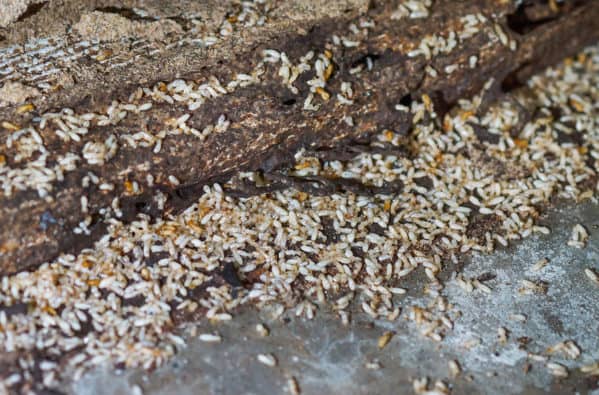
Termites cause billions of dollars in damage each year. Because they work from the inside out, infestations are often not found until significant damage has already been done. Spring marks the beginning of the termite swarming season and these destructive pests are found in most of the United States (except for Alaska). What do you need to know before swarming season starts to help control termites? Find out the answers to many of your termite questions below.
Termites swarm as the weather begins to warm, usually at the beginning of spring or summer and usually after a rain event. Termites swarm when they go in search of a location to establish a new colony. Colonies typically don’t produce a swarm until they have been established for at least 3 years.
If a swarm happens inside your home, most of them will not survive to establish a new colony but it does mean that your home is likely infested. If a swarm happens outside your home or if you notice just a few stragglers inside, your home is most likely not infested but a colony (or multiple colonies) are present nearby.
Swarming termites have one purpose – to reproduce and establish a new colony. In fact, they don’t have biting or chewing mouthparts to cause damage to your home. Several hundred swarmers are produced by each colony but only a small percentage of these actually survive to start the new colony.
Termites have straight antennae and wide bodies without pinched waists. They are usually black or dark brown in color. Swarming termites have wings that are the same length and clear in color. Termites are found in decaying stumps, trees, wood debris, lumber, and other wooden structures. They cause structural damage by eating wood and other cellulose-based products like paper.
Flying ants (also known as carpenter ants) have elbowed antennae and pinched waists. They can be black, brown or reddish in color. They have 2 pairs of wings that differ in size and are tinted brown in color. Carpenter ants also inhabit wood and wood structures; however, they don’t eat wood and therefore do not usually cause any structural damage. They do eat nectar, seeds, other insects, and food debris in and around your home.
Both termites and flying ants swarm as part of their mating process.
The main attractant to termites is food. Termites love to eat anything wood or cellulose-based including lumber, firewood, newspaper, and more. They also like warm, dark places that are undisturbed such as your crawlspace. They also thrive in moist soil, especially around your foundations.
While there are some do-it-yourself options you can do around your home, these are more suitable for termite prevention rather than termite control. Getting rid of termites is a job best left to the professionals. Some things you can do around your home to help prevent termites include:
There are two major types of termite treatment: liquids and baits.
Liquid termite treatments have been around for years. Their purpose is to provide a long-lasting barrier in the soil that keeps termites from entering and infesting buildings. This treatment also helps eliminate termites that are already inside structures as it prevents them from getting back to the soil for supplemental moisture.
Bait termite treatments use a cellulose-based food product combined with a slow acting pesticide. The bait stations are installed below the ground where termites eat the bait and share it with other termites in their colony. This leads to a gradual decline in the termite population infesting the structure.
If you suspect you have a termite problem, contact a professional termite control specialist. A thorough termite inspection by a trained pest control professional is critical in identifying and eliminating a termite infestation from your home.
Lawn Care: How to Keep Your Grass Green in the Summer
5 Ways To Prevent Bed Bugs When Traveling
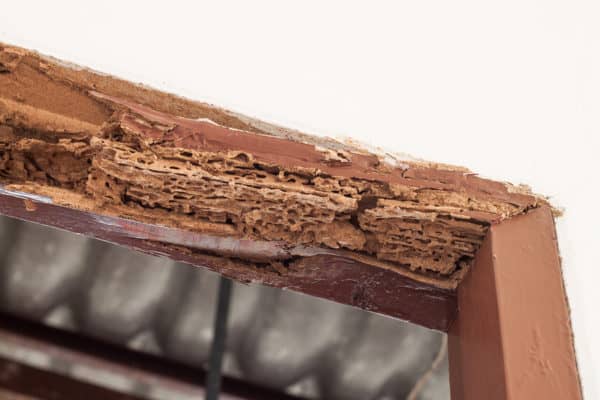
It is estimated that termites cause billions of dollars worth of damage in the United States annually. While they primarily feed on wood, they can also damage books, insulation, and even swimming pool liners and filters. They can wreak havoc on trees and shrubs and are particularly fond of plants that are in bad health. Termites can infest buildings at any time. This can be particularly troublesome when buying or selling a home. A termite inspection and report are usually required as a condition of sale of a home.
There are several different species of termites but the two most common are drywood and subterranean termites. Formosan termites are the most prevalent species of subterranean termites in the southeastern US. Drywood termites don’t cause the extensive damage that subterranean termites do. Drywood termites cost property owners hundreds of millions of dollars in damage and repairs each year; subterranean termite damage is in the billions. This is due in part to drywood termites having smaller colonies, so it takes them longer to cause damage. Drywood termites are also more visible than subterranean ones – they tend to kick their dried feces out onto surfaces as they eat, making them easier to spot. Subterranean termites keep their droppings inside their tunnels so they are more likely to go unnoticed. Subterranean termites can also have multiple colonies near a home which can all feed on the same home at the same time, exponentially increasing the number of termites infesting the structure.
Termites destroy homes by eating wood and wood products. They have special enzymes, bacteria, and protozoa in their guts that allow them to digest cellulose (organic fibrous material in wood and plants). The largest subterranean termite colonies can eat up to a pound of wood per day. This damage, however, often goes unnoticed for many years. Because they slowly eat away at the wood inside your home, often without your knowledge, termite damage often severely impacts the structural integrity of your home. Termite colonies can take 3 to 5 years to fully mature. While there is no accurate way of calculating the exact age of an infestation, there are ways to make accurate predictions of their age. It can take anywhere from 3 to 8 years for termite damage to show up depending on the size of the colony.
When signs of termite damage surface, there has often been an infestation for years with extensive damage already sustained. Some signs of a termites in your home include:
Significant damage from termites can have an effect on the structural integrity of your home and can even cause ceilings and floors to collapse. Termites can also ruin furniture, carpeting, and flooring.
There is no central agency that monitors or tracks termite damage data. Many pest control companies report their data to state agricultural and academic experts but there is no system in place for uniform tracking across the country. Therefore, most damage cost estimates are based on estimates. It is estimated that:
One question many homeowners have is if termite damage is covered under a homeowner’s insurance policy. Unfortunately in most cases the answer to this question is no. Homeowner’s insurance typically does not cover termite damage or removal because it can usually be prevented through routine home maintenance. However, you should always check with your insurance provider to see what you are and are not covered for.
Since insurance usually doesn’t cover termite damage and repair, what is the average cost to repair termite damage? The cost of repairs varies greatly from case to case and is dependent on a variety of factors such as how much wood the termites have eaten, how long the colony has been in the home, and where the damage was done inside the home. Repairs can often be more expensive than the original building costs, often in the thousands of dollars. In rare cases termite damage can be so extensive that the home is completely demolished. In addition to the structural repairs that have to be made, cosmetic repairs also have to be made. Termites can cause discoloration and other damage to sheetrock, flooring and paint which will also need repair or replacement. The cost of these will vary on an individual basis but some repairs will be more costly than others, e.g. replacing hardwood floors versus floor tiles. Exterminator costs also have to be factored in as the termites have to be controlled and eliminated before any repairs can be done. The costs will vary depending on your termite control professional but will usually include the cost of chemicals and baits, labor, and service and can vary based on your location and the type of termite treatment you choose.
Termites can be prevented with scheduled periodic professional inspections which can help identify signs of infestations earlier, keeping damage minimal and repair costs down. Any professional termite control plan should eliminate termites, prevent future termite infestations, and prevent termite damage. If you suspect you have a termite problem or want to have an inspection done to check for termites, contact us for a free estimate.
How Do You Get Your Lawn Ready For Spring?
What Attracts Cockroaches To Your Home?
Spring Swarmers: How To Prepare For Termite Season
5 Ways To Prevent Bed Bugs When Traveling
Mice, Rats, And Other Problem Rodents
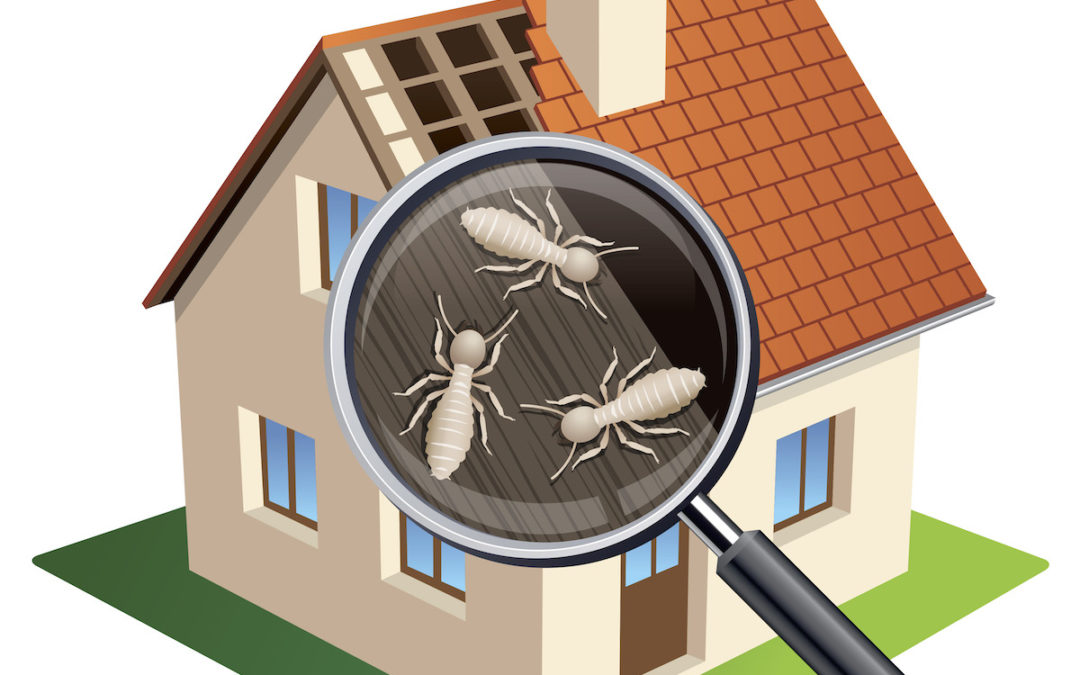
The 2 most common reasons to need a termite inspection: when required during real estate transactions and if termite activity is present or suspected by homeowners and business owners.
If either of these situations applies, you may be wondering how much a termite inspection costs, and what steps are taken if an infestation is found by a termite exterminator.
If you own a home or business and see signs of active termites (usually swarming termites) or termite damage, you’re going to need a termite inspection from a local exterminator near you. Or if you’re considering selling your home in the near future and don’t have a termite warranty, now may be a good time for a termite inspection, so you don’t delay the sales process when you find a potential buyer.
If the intent is to get termite treatment options and find out if you have an active termite infestation, most termite exterminators will perform a free termite inspection. The first step in this process is to contact a reputable pest control company and schedule a termite inspection. On the day of inspection, be prepared for the inspector to spend a half hour to an hour or longer at your property, depending on the size and condition of the home or business. The inspector will be looking for active and previous signs of termites, termite damage, and any other wood destroying insects or pest issues.
If termite activity is found, previous or active, termite treatment options will be provided. Common forms of treatments include liquid barrier treatments and termite baiting systems, which are a less invasive, environmentally responsible option. Most exterminating companies will also offer termite warranties with treatment so that your property is protected from future termite infestations and/or damage.
If no termite activity is found, it’s still a smart choice to consider having your home or business treated for termites. A baiting system like Sentricon Always Active® is a great preventative treatment choice. Termites cause billions of dollars in structural damage each year so taking a proactive approach to termite protection is the only way to totally protect your investment from termites.
Termite inspections and Wood Infestation Reports are usually required during the purchase of a home. These are NOT included in a general home inspection. Often, the real estate agent representing the seller will coordinate the termite inspection with their exterminating company of choice, if the homeowners do not currently have an active termite warranty. The fee for this inspection and report generally ranges from $45 to over $100 depending on the termite company. This fee is sometimes waived if active or previous termite activity is found and the property will require a termite treatment.
Termite Treatment Options: How Sentricon Works
Termite Control: Do I Really Need Termite Protection
What Are Your Termite Treatment Options?
Green Pest Control: Is it Worth the Investment?
What to Look for When Choosing an Exterminator
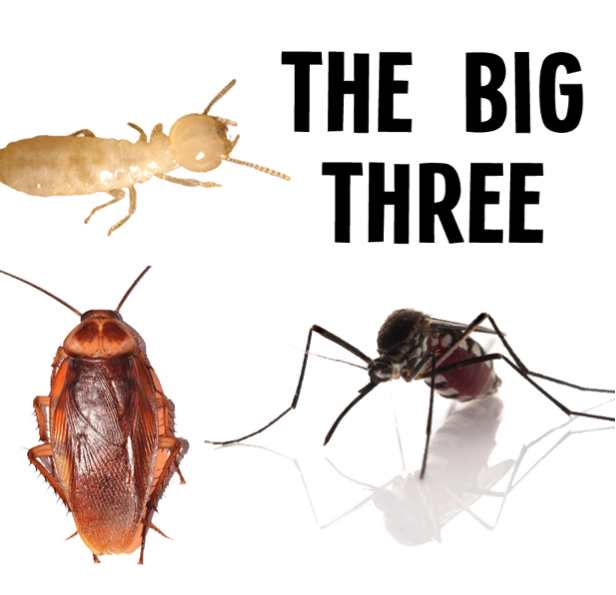
As we approach the warmer and more humid months, the chance of encountering pests increases. While some are more occasional invaders, there are some that will make it a point to stick around.
With the weather changing and a large amount of rain in the forecast, your home provides cockroaches with shelter and an ever-flowing food source. The larger roaches you may encounter are more than likely American cockroaches; an infestation that is normally easy to stop with a quarterly pest service. However, if you notice smaller roaches in the kitchen and/or bathroom of your home, you may be dealing with German cockroaches. They are a much harder infestation to control and will usually require a monthly treatment by your exterminator.
There is a consensus in the South that mosquitoes are despised, and we would all like them gone. Unfortunately, they seem to be here to stay, as they thrive in this area due to the humid climate. Also, because of where we are located, our mosquito season starts before other regions in the U.S. They are more of a hazard than just a casual annoyance; mosquito bites have the potential to spread diseases like Malaria, Dengue, and Zika. At Northwest, our Mosquito Reduction Service reduces adult mosquitoes and limits mosquito breeding around your home, reducing your risk of mosquito bites and mosquito diseases.
In the pest world, we refer to the warmer months as “swarm season.” This is when pests that have been overwintering emerge and begin to swarm. Termites only swarm once a year and, here in the South, the type you will see swarming are Subterranean termites. The ones you see flying around your home are not the ones that will cause destruction; however, it’s a sign that a termite colony is nearby. A termite inspection by a professional exterminator will not only look for signs of termite damage around your home but will also provide you with a personalized plan for treatment, if damage is found, and prevention moving forward.
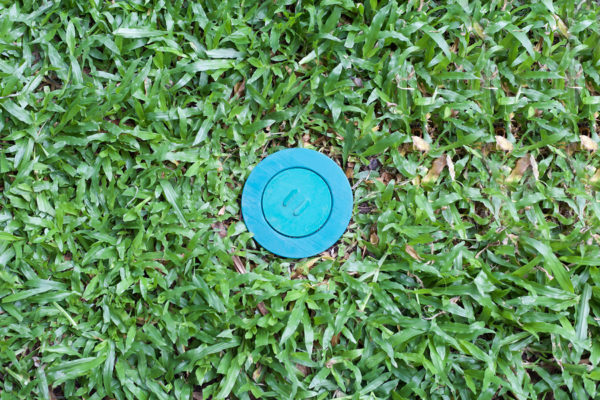
Spring is the time of year when termites swarm, emerging to mate and establish new colonies. Unfortunately, these new colonies are often established inside our homes. An average of 5 million US homes are infested each year by termites, causing an average of $5 billion in damage annually. What many people don’t realize is that termite damage isn’t covered by homeowner’s insurance policies. What’s a homeowner to do? One thing to consider is the Sentricon Always Active bait system for termite control. Sentricon is a highly effective, environmentally responsible treatment option for termites. What is included with the Sentricon system?
If you suspect you have a termite problem contact a professional pest control company who can provide you with a thorough inspection and recommend a comprehensive termite treatment and prevention plan.
Termite season is here! You may be seeing many ads for termite protection for your home, but you’ve gone years without termite protection. Is it even worth it?
Well, let’s look at the facts when it comes to termites and your home.
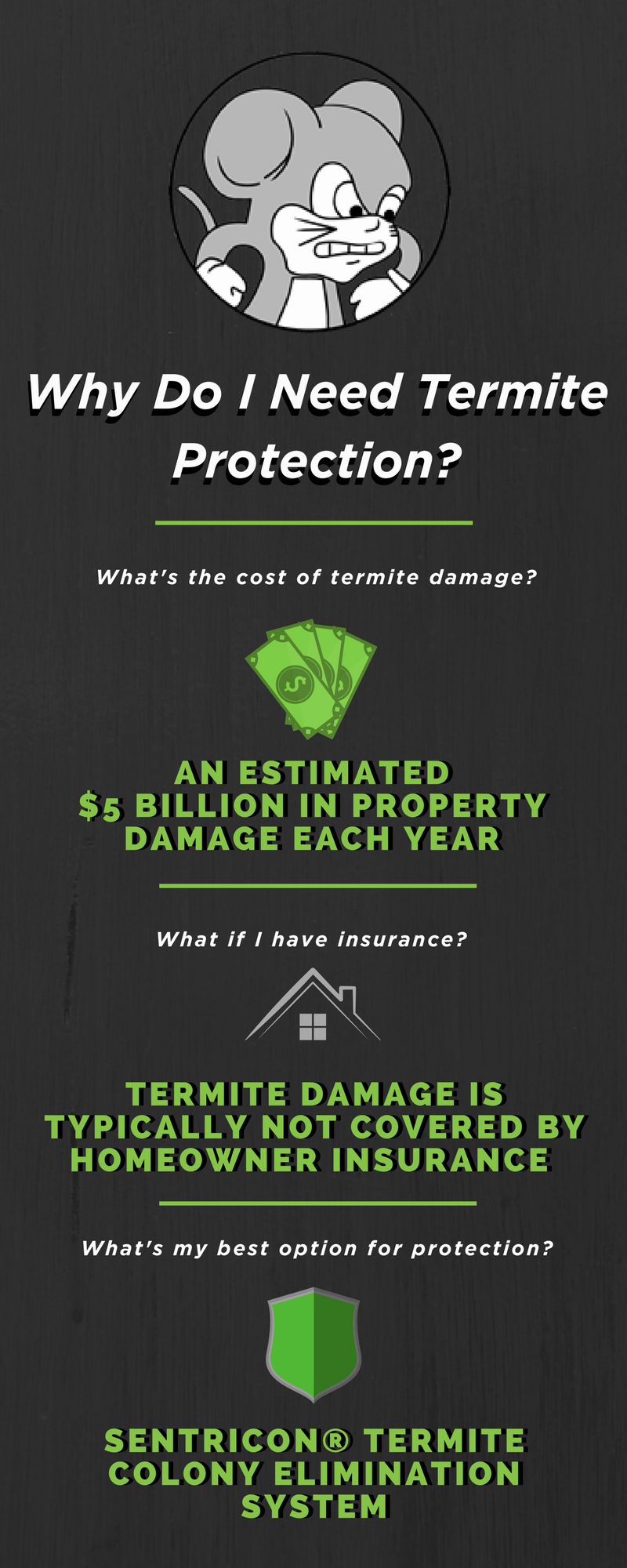
While you may not notice any signs of termite damage in your home currently, that doesn’t mean there’s not a silent, ongoing termite infestation causing damage to the structural integrity of your home. By having your home inspected, you may be able to catch the damage before it’s too late or prevent damage from ever impacting your largest investment.
When you sign up for Northwest Termite Service, here is what you can expect:
Don’t wait until you’re stuck with an insurmountable repair bill. Call (888) 466-7849 and set up a free termite inspection today!
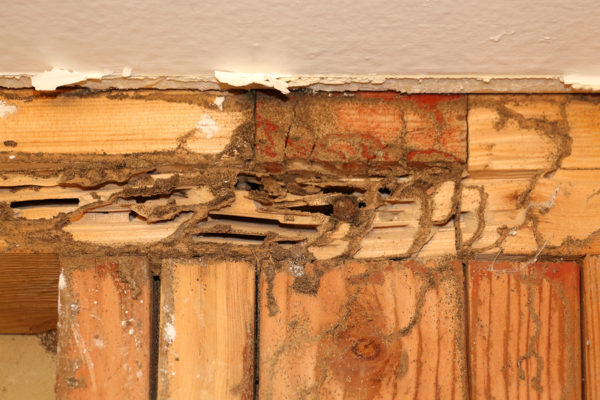
If you’ve been outside lately you’ve probably seen signs of spring – blooming flowers, pollen that aggravates our allergies, and lots of new insects buzzing around. Another thing that spring brings is swarms – of termites! Termites are present year round but their swarming season is during spring and early summer.
Termites cause billions of dollars in damage to homeowners each year. Here in the Southeast, subterranean termites are the most common types and are particularly destructive. These insatiable eaters can damage not only wooden structures, but have even been known to cause damage to brick and concrete homes as well. Termites can invade your home through cracks and holes as small as 1/32 of an inch!
Swarms are most common in spring and summer because they are triggered by warm, humid weather. Swarming marks the start of a new termite colony. Winged termites leave their nests when they become overcrowded and their isn’t enough food to sustain them. They then take flight and actually reproduce in mid-air. The females will then shed their wings and fall back to the ground. They then go in search of a new location to start their colonies.
Swarmers don’t usually cause any damage but once they establish their new colonies their offspring can cause significant damage – usually within 2 years. If you see flying termites it can signal one of two problems:
If you see winged termites inside your home this is a good indication that you already have an established termite colony inside or that there is existing damage already.
What can you do to prevent termites from coming into your home? Check out these tips to keep the termites out!
As always, if you suspect you have termites or find signs of damage, contact a termite control company who can come in and do a thorough inspection and set you up with a comprehensive treatment plan.